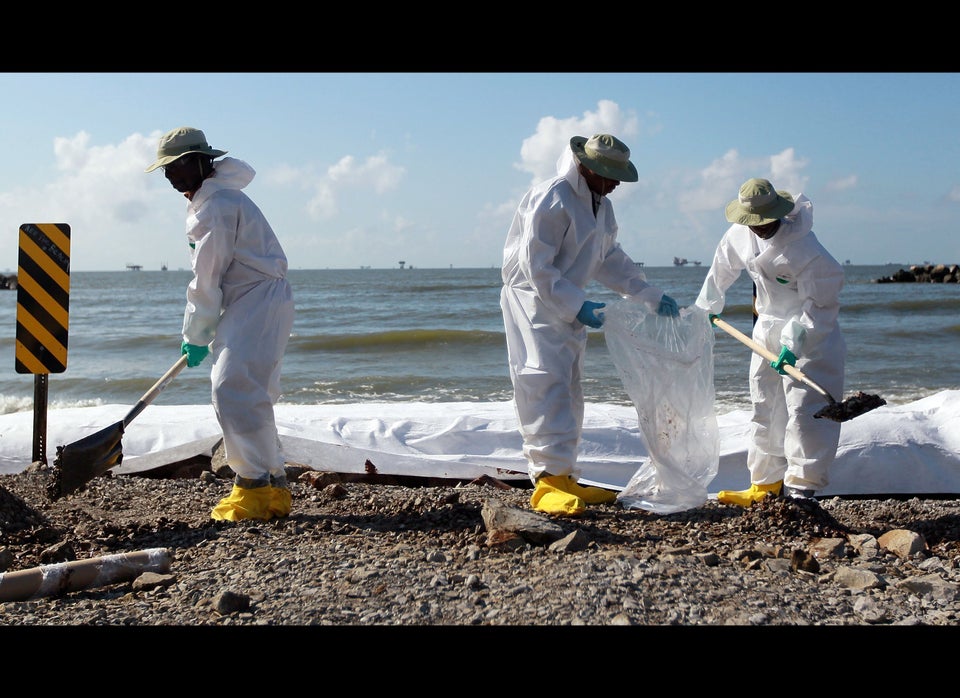* Motiva looking to rebuild much of new unit - sources
* New crude unit's shutdown still seen lasting up to a year
By Erwin Seba
HOUSTON, July 16 (Reuters) - A month-long investigation of the pitted and scarred crude unit at Motiva's massive Port Arthur, Texas refinery has uncovered the "worst news" about its condition, according to sources familiar with the probe, giving operators no reason to shorten estimates of an up to year-long outage.
With workers finally able to access most of the new 325,000 barrel per day (bpd) crude distillation unit (CDU) now that it has cooled down, the company expects to rebuild much but perhaps not all of the more than $300 million atmospheric section, the heart of the unit, the sources said.
But nothing has given them reason to hope that repairs will be any shorter than had been projected last month, when workers were told the unit could be idle for as long as a year.
"We're just hearing the worst news on each part they look at," said one of the sources.
The crude unit was knocked out of production on June 9, five weeks after it began operating, by a rare occurrence of accelerated chemical corrosion, experts say.
A chemical called caustic, meant to keep crude oil from clogging the unit, turned into a destructive vapor as the CDU was being restarting following a brief stoppage for unrelated minor repairs.
Now Royal Dutch Shell and Saudi Aramco, which own Motiva, are rushing to repair a potentially billion-dollar glitch that has added an embarrassing and costly coda to a landmark five-year, $10 billion expansion that made the plant the biggest in the country at a total 600,000-bpd production.
Asked about the progress, Motiva spokeswoman Kayla Macke reiterated on Friday that the company expects "the outage of the new crude unit may continue for several months while the causes of the issue are established and rectified."
She added, "Asset integrity and reliability are high priorities for the refinery and Motiva will resume normal operations as soon as it is appropriate to do so."
ATMOSPHERIC
Sources confirmed that damage had been confined to the atmospheric section of the crude unit, which is responsible for the initial stage of refining crude. The feedstock it produces either goes to other units to make motor fuels or to the vacuum section of the crude unit for further refining.
"They're looking to rebuild many parts, but not all of the atmospheric section," one of the sources said.
An older 285,000-bpd crude distillation unit continued to operate at the refinery.
As it prepares the repair project, Motiva is contacting subcontractors from the expansion to carry them out, the sources said.
"They know those units best," one source said.
In addition to assessing damage, the company is trying to determine how small amounts of caustic leaked into the crude unit in the first place.
The material leaked in through a valve or valves that were not completely blocked off while the crude unit was out of production to fix a vapor leak, which was thought to a minor repair. The repair ultimately took a week, however.
Normally, a minor fix on a unit does not require the valves be blocked off, the sources said.
Getting the crude unit back into production is expected to cost between $300 million and $400 million, about the cost of its initial construction, according to industry analysts.

